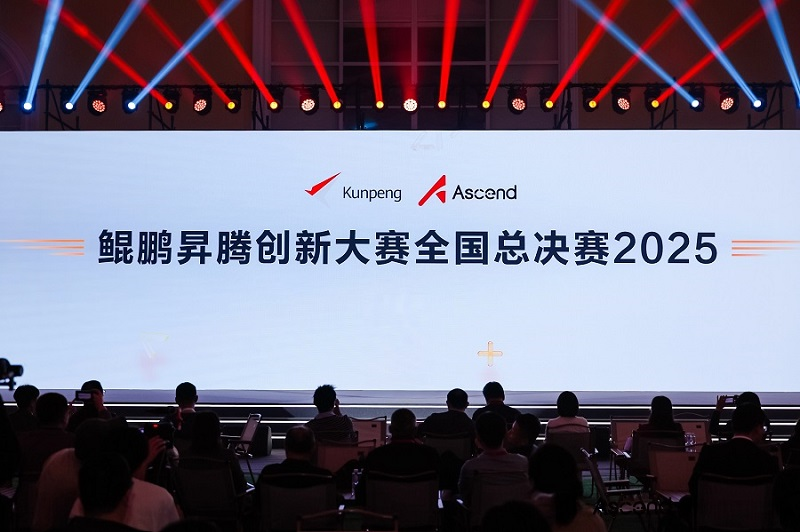By+Lan+Xinzhen
The Chinese Government has started formulation of its 13th Five-Year Plan (2016-20) as of April 17, anticipating that the countrys medium- and long-term economic and social development plan can plough full steam ahead after the current 12th Five-Year Plan (2011-15) ends. That day, the National Development and Reform Commission (NDRC), the countrys top economic planner, which is responsible for compiling the plan, held a televised meeting to arrange the key tasks necessary for the drafting process.
Xu Lin, Director of the NDRCs Department of Development Planning and a key participant in the plans formulation, said the goal of this plan is to turn China into a high-income country under the World Banks classification system and complete the building of a moderately prosperous society in all aspects as proposed by the 18th National Congress of the Communist Party of China (CPC).
The 13th Five-Year Plan is the first five-year plan that has been formulated since President Xi Jinping took office. This plan will reflect how Chinas new leadership thinks about the countrys future economic and social development.
This plan will take China up to 2020, the year by which China hopes to have reached its target of having built a moderately prosperous society in all areas. The Chinese Government has thus laid an unprecedented level of importance on the drafting of this plan, commencing the formulation process earlier than before. The NDRC has released more than 20 research topics to universities, research institutes, large enterprises, industrial associations and international organizations, with the aim of making the 13th Five-Year Plan as scientific and feasible as possible.
Xu said the commission will also make full use of Internet platforms such as Wechat, a popular messaging and social media app, and Weibo, a twitter-like microblogging service, to interact with the public and attract its participation in drafting the plan.
The research of topics and collection of suggestions are set to proceed until the end of the year, and a primary framework will then be formed. In the first half of 2015, the draft of the plan will be finished and submitted to the State Council. The State Council will then organize several discussions among experts who will revise the draft and then submit it to the National Peoples Congress for deliberation when it holds its annual session in March 2016.
Xu noted that the 13th Five-Year Plan is being formulated at a time when great changes are taking place in both domestic and international environments. The world economic structure is undergoing changes in the wake of the global financial crisis. The Trans-Pacific Partnership (TPP), Transatlantic Trade and Investment Partnership (TTIP) and other highstandard free trade and investment pacts led by the United States will have far-reaching influence on Chinas development in the future. Additionally, the geopolitical situation has become more complicated.endprint
Within the country, since the 18th National Congress of the CPC, China has entered a new stage of comprehensively deepening its reform, facing an unheard-of number of opportunities as well as risks and challenges. China must ensure that its goal of building a moderately prosperous society is realized, that results are achieved in key fields for comprehensively deepening its reform, and that substantial progress is achieved in transforming its model for economic development.
All of the changes in the external and internal environments impose new demands on the formulation of the 13th Five-Year Plan and means that in the years to come, the plan may well take an important place in Chinese, and global, history.
New thinking on development
Much speculation has been made as to what will be involved in the 13th Five-Year Plan. Xu says there are several points that should be focused upon in the detailed consideration of development. For example, with a percapita GDP of $6,700, China has become a country of largely upper middle-income earners. The government therefore hopes to approach the status of high-income country by the World Banks standards. But to realize this goal and reach the target of building a moderately prosperous society, China still has some chinks in its armor, such as unsatisfactory results in industrial transformation and upgrading. It will be hard for China to become a high-income country if the transformation process is not driven by innovation and structural upgrading against the backdrop of rising labor costs and intensifying restrictions related to resources and the environment. It is possible that China may remain in the “middle income trap” for some time to come. Therefore the issue of how to better realize innovation-driven development and industrial upgrading must be one of the primary focuses of the 13th FiveYear Plan.
China is accelerating agricultural modernization, because grain and food supply problems are a perpetual theme in a country with a huge population. Although China has maintained bumper harvests for 10 consecutive years, agriculture is still a weak sector, with severe challenges in improving agricultural productivity, the level of modernization, food safety, rural development and farmers income. Solutions to all of these challenges will be outlined in the 13th Five-Year Plan.
The plan also includes many other issues—environmental protection and ecological progress to name but two—which are of public concern. The NDRC is organizing experts to devise new methods and mechanisms to tackle these issues.endprint
“There are many problems that cannot be effectively solved with the old measures taken in the past. We need to find solutions based on new institutional designs. These should all be seriously considered in the primary stage of formulating the 13th Five-Year Plan,” Xu said.
The 12th Five-Year Plan has been followed for three years now, but the data concerning some economic indicators have failed to reach the scheduled targets. Will the disappointing results affect the formulation of the 13th Five-Year Plan? Xu explained that the data in the energy-saving and environmental protection sectors havent reflected satisfactory performance. However, the NDRC and some related departments as well as local governments are ratcheting up their efforts in this field, and the fulfillment of goals for these indicators will be remarkably improved by the end of this year and into next year.
Xu was optimistic that the requirements of the 12th Five-Year Plan can be met by the end of next year, and that the setting of targets in the 13th Five-Year Plan wont be affected. He also pointed out that the requirements of the 12th Five-Year Plan in the other fields have been satisfied, and some of them have even been met ahead of schedule.
Balancing govt and market
The Third Plenary Session of the 18th CPC Central Committee held in November 2013 put in place the framework, time table and a specific roadmap for overall reform by 2020. In this equation, the role of the market cannot be discounted and its relationship with the government should thus take the utmost priority in planning.
“The plan provides a method for the government to manage the economy, therefore how to balance the relationship between the government and the market is an important aspect that must be considered when formulating the plan,” said Xu.
He added that the five-year plan for economic and social development is quite different from many other plans. It must be passed by the National Peoples Congress, so it shares some characteristics with legislation and carries a similar degree of authority. It even has binding power in some aspects. When formulating the 11th Five-Year Plan (2006-10), the Chinese Government for the first time differentiated the requirements on the government and the market to achieve certain goals. For example, targets related to environmental protection, energy conservation and government public services should be reached mainly by relying on the government through allocation of public resources and the formulation of appropriate policies.
When creating the 13th Five-Year Plan, China will continue to search for the optimum balance in the relationship between the government and the market. In the fields that need the government to function, the plan needs not only outline goals and specific measures, but also strengthen the assessment of government performance. In the fields that need the market to function, the plan will enable the market to play a decisive role in the allocation of resources.
“When formulating the 13th Five-Year Plan, we will allow both the government and the market to play a better role,” said Xu.endprint
此文由 中国教育导报-高中编辑,未经允许不得转载!: 中国教育导报 > 高中 » Target 2020








